Australia's First CEC-Approved Bidirectional Charger⚡V2G
Explore Australia's first CEC-approved bidirectional and vehicle-to-grid capable electric vehicle, the V2Grid Numbat, a 6.2kW V2G/H charger now ready.
Read more
Tesla Powerwall 3 Rebate Now Available - Combine with Federal Subsidy Today
Posted 1 Feb
As Australia continues its electrical and renewable development, more homes and businesses look to install new and shiny electrical systems to futureproof their properties. When getting quotes for solar and electrical systems, you'll most likely get asked 'is your property single or three phase', but what does single and three phase actually mean, and what's the difference?
To understand what single-phase and three-phase means, let's understand what a 'phase' actually is. Tip: the symbol for an electrical phase is 'Φ'.
An electrical phase is essentially a method of delivering power to your property, similar to how a water pipe delivers water. Each phase acts as stream of electricity, and can be upgraded when more power is required.
Australia's AC power supply comes in waves that rise and fall 50 times a second (50Hz), and each of those waves are called a phase.
Using traffic as an example, let's say one lane is open with low to moderate traffic flowing pretty fluently but starts to struggle when heavy traffic appears. This is when three lanes would be more sufficient to allow for the higher demand.


Courtesy of Connor Lucock on Pexels.
Taking our pipe example, single phase is 1 'pipe', and three-phase is 3 'pipes' for additional capacity.
In Australia, single-phase (1Φ) is the most common throughout homes and businesses, which runs at 230V and runs your everyday appliances like lighting, fridges, and the most important appliance - the coffee machine.
Three-phase (3Φ) is used for properties that require extra power capacity like EV chargers, industrial equipment, and high-consuming appliances in both homes and businesses. 3-phase runs at 400V (230V per phase) and is designed to run power-hungry appliances without going over property's maximum capacity.
If a single-phase home wanted a high-powered three-phase EV charger (22kW), the property would need to upgrade to three-phase power to accommodate it as single-phase couldn't deliver that much power.
The difference between single and three-phase power is that electricity is spread over the three-phases to allow you to run higher-consuming appliances without overloading a single phase.
Yes, 2-phase or 'split-phase' electrical power does exist, however only older electrical systems used a form of 2-phase and is almost fully phased-out (pun intended), with modern home electricity supplied as single-phase. Our 2-Phase is not the same as the 120/240V 'split-phase' as the US uses.
Let's use electric vehicle charging as an example of single-phase and three-phase to help us understand it in the real world.
A Tesla Model 3 electric vehicle has a battery which stores 60kWh of energy. If we charged that car with a single-phase charger which is up to 7kW of power, the EV would take 8.2 hours to charge.
When the house is upgraded to three-phase power, it can deliver up to 22kW of charging to the EV, reducing the charge time to under 3 hours. This upgrade has enabled the supply to triplicate and provide more power.
Appliances that may require three-phase power include workshop tools like lathes, pumps, compressors, industrial air-conditioning and ovens, large electric water heaters, or multiple high-powered appliances all at once.
Most fridges, washing machines, and lighting operate on single-phase.
Not every house or business will need to upgrade to three-phase power, however there are benefits to upgrading your electricity supply which may be worth it depending on requirements and budget.
Upgrading your property to three-phase will allow you to use all your appliances (including heavy consumption) at once without tripping any circuits.
Three-phase is also recommended for high-capacity solar and battery systems.
As there isn't really a fixed price, upgrading to three-phase can cost anything between $4,000 - $5,000 depending on the property and requirements.
Whilst not cheap, upgrading properties to three-phase is more than just adding another connection - elements like switchboard upgrades, trenching, cabling and component upgrades will determine costs which will vary property-to-property.
The advantages of upgrading to three-phase power includes a more
stable and durable form of electricity, the ability to run high-powered appliances without worry, and the capability of installing up
to 30kW of solar.
The disadvantages of upgrading to three-phase power includes upfront costs of upgrading which may not be worth it for some, and can also be more complex for any maintenance.
Most Australian homes will be on single-phase power, with larger homes and businesses likely to be three-phase. Here's how you can identify phases:
1. Check your smart meter and see how many 'L' icons there are, or if it mentions other details about phases.
2. Inspect the 'Main Switch Grid Supply' and see how many switches there are from 1-3.
In these examples, you can see both single and three-phase property meterboxes and what they look like inside. In the first image, the 3 'L' icons labelling each phase 1, 2, and 3 on the smart meter indicates 3-phase. The second, mentions '1-phase' in text under the smart meter's screen, and also only has one main grid supply switch.
Bonus tip: Single-phase smart meters are generally narrower than three-phase smart meters.



Yes, depending on whether your property is single-phase or three-phase, it will determine what system and size your property can accommodate.
Depending on the electricity service provider (DNSP) is, there will be a set cap on the amount of power you can export per-phase. For example, Ausgrid allow a maximum of 10kW per-phase, allowing you to upgrade up to 30kW solar systems with three-phase. Some other DNSP’s only allow 5kW per-phase.
The AC output power that a solar system can use is based on the inverter size, so if your solar system is 6.6kW, and your inverter is 5kW, it will be allowed as it is based off the inverter size as that is what the system will be exporting.
The way your property is configured can alter the way power is delivered. Most batteries can be installed for both single and three-phase homes, however, depending on the inverter and AC or DC configuration you have, can sometimes only provide backup on one-phase.
It is recommended to invest in a three-phase inverter and battery system to take advantage of high power input and output. Your battery installer should install the optimal battery to meet your requirements and budget.
Understanding the differences between single and three-phase can help you make educated decisions for the long term to ensure you're ready to go and your property is futureproof.
Overall, both single and three-phase setups have their places throughout Australia, with most homes really only needing what single-phase has to offer, and businesses upgrading accordingly. If your property doesn't have to accommodate high-consuming appliances (especially all-at-once), then you should be fine with single phase and won't need to upgrade.
Explore Australia's first CEC-approved bidirectional and vehicle-to-grid capable electric vehicle, the V2Grid Numbat, a 6.2kW V2G/H charger now ready.
Explore how battery nominal & useable energy capacity is different to power output, and learn about state of charge, depth of discharge, and cycles.
Explore the differences between AC and DC electric vehicle charging in Australia and how it affects the way you charge your EV, and the pros & cons.
Renewable News Articles
Not only are we specialists in solar power, but we pride ourselves in being leading installers in battery
storage, as well as EV charging for homes and businesses. For solar and battery systems, we offer both on and off-grid solutions for a
range of applications.
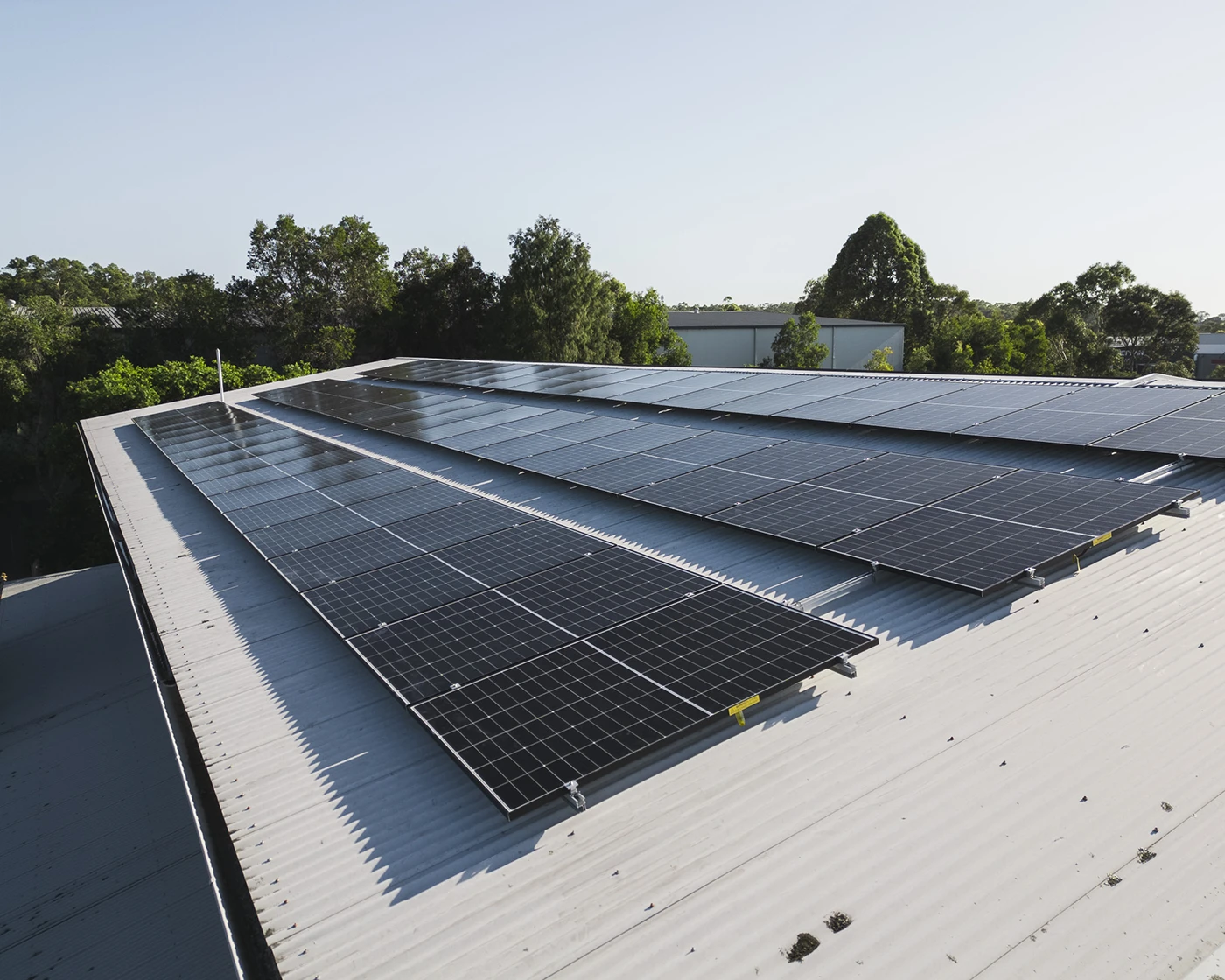
Newcastle's leading solar installers, providing long-lasting residential and commercial rooftop solar systems.
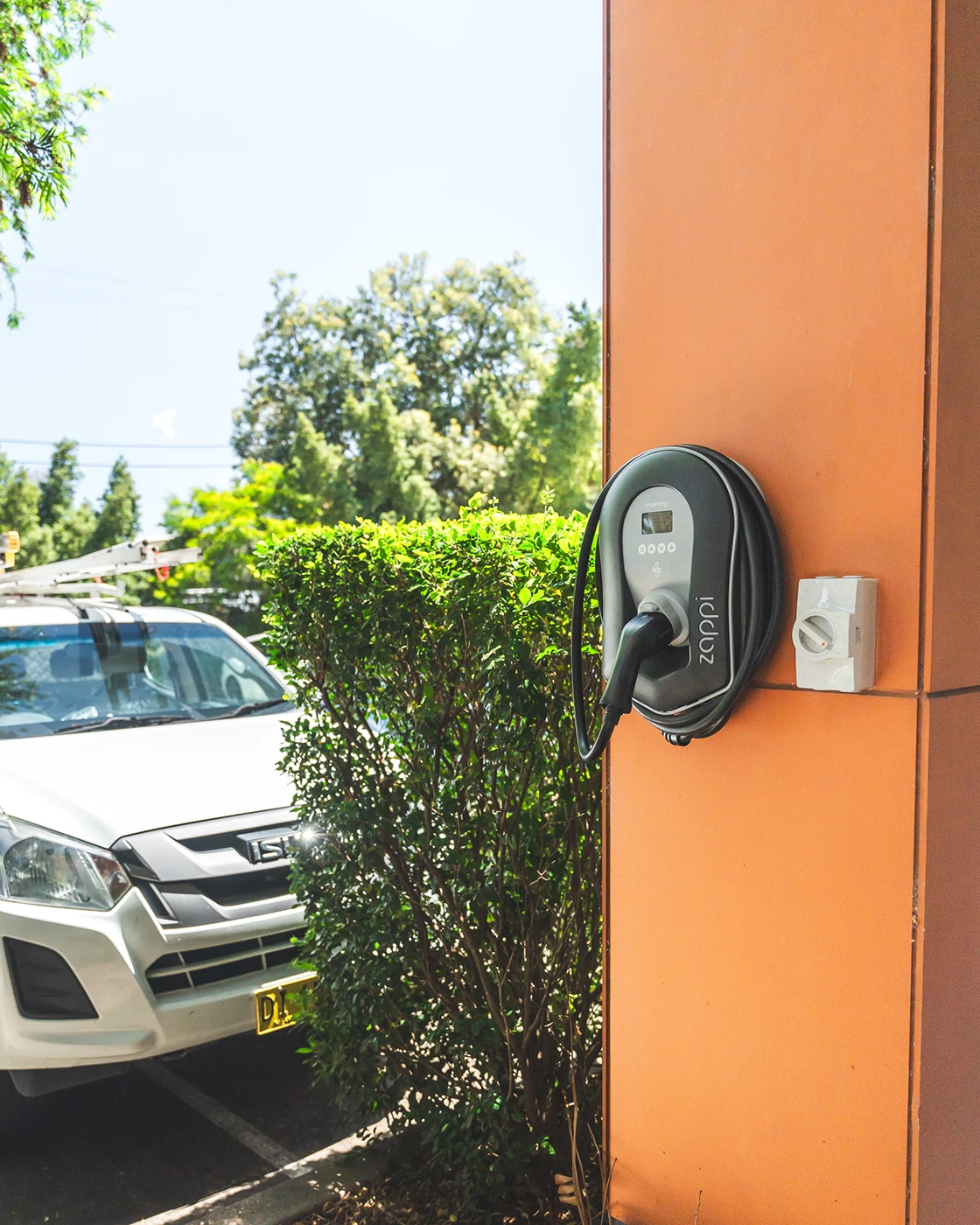
Experts in both residential and commercial electric vehicle charging station installations from 7kW - 360kW+.
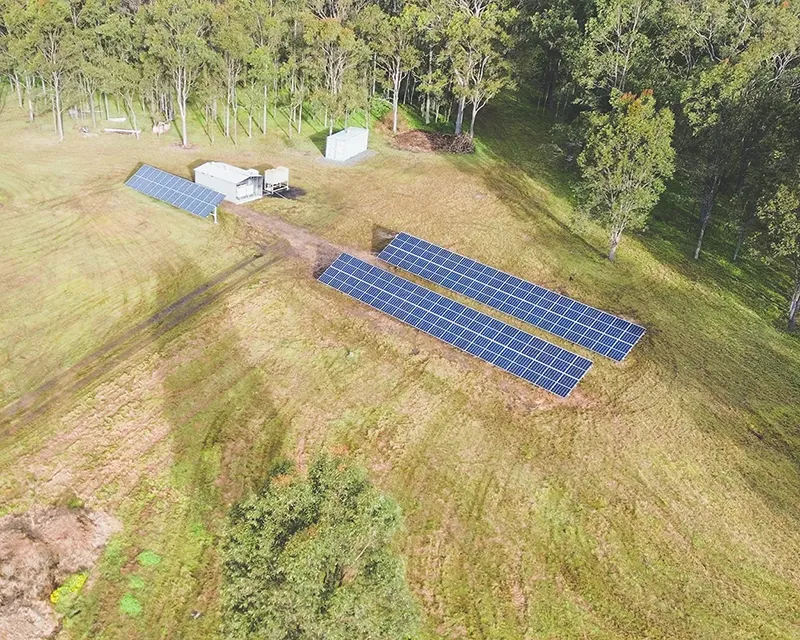
Specialists in off-grid solar and battery, helping properties never have to pay another electricity bill again.
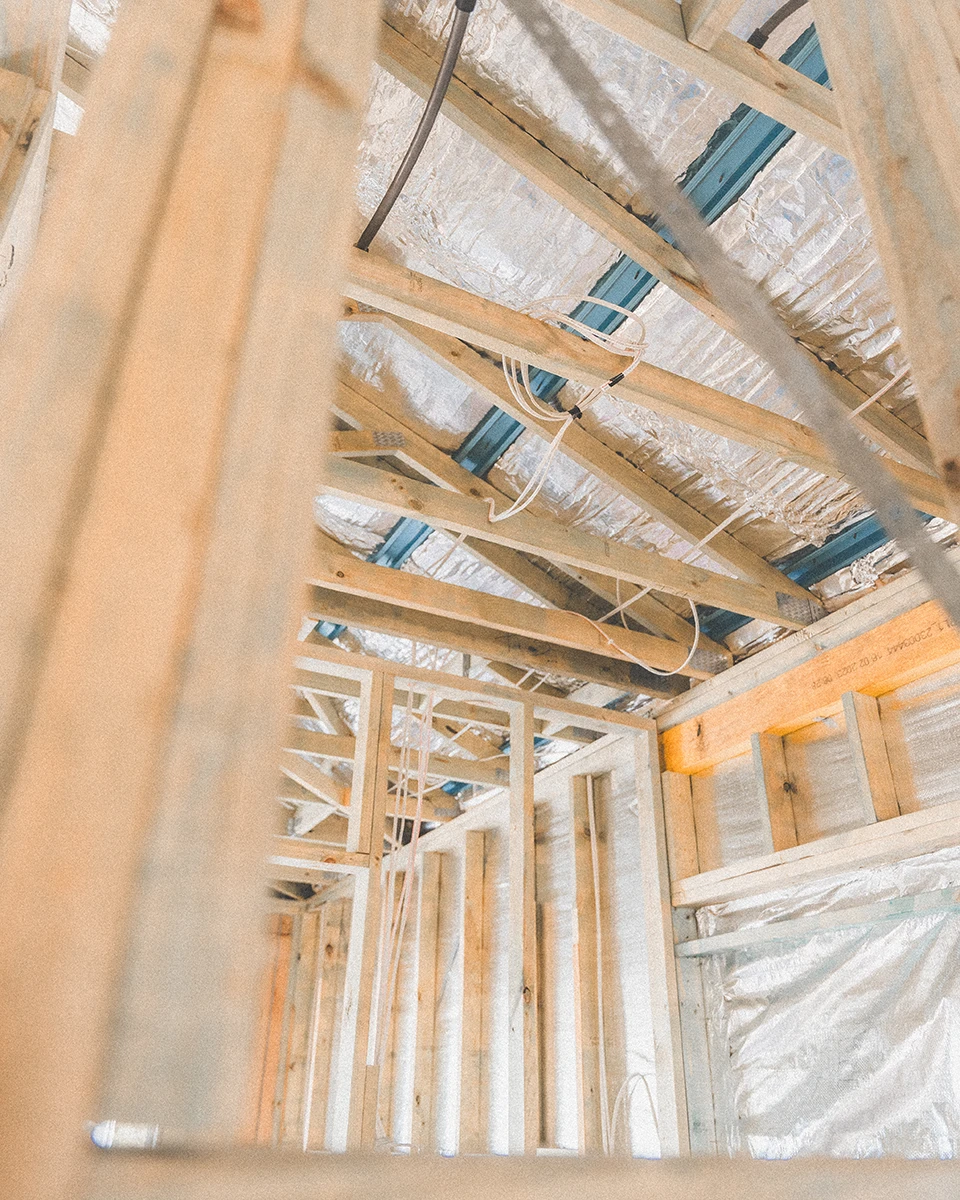
With decades of electrical and industry experience, our fully-qualified & licensed electricians are here to help.
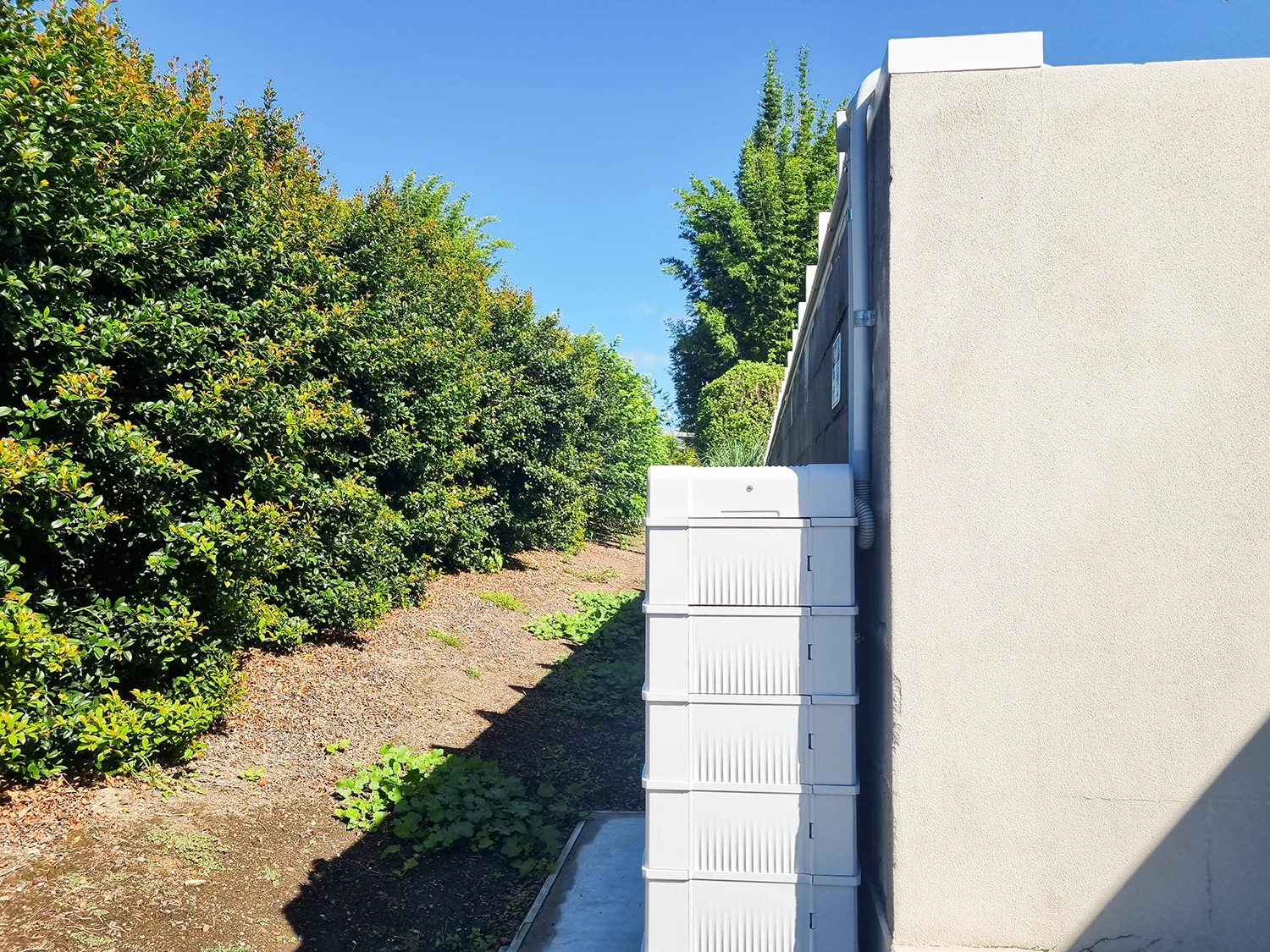
Maximise your solar generation with battery storage from reputable brands to accelerate return-on-investment.
Leave a Comment